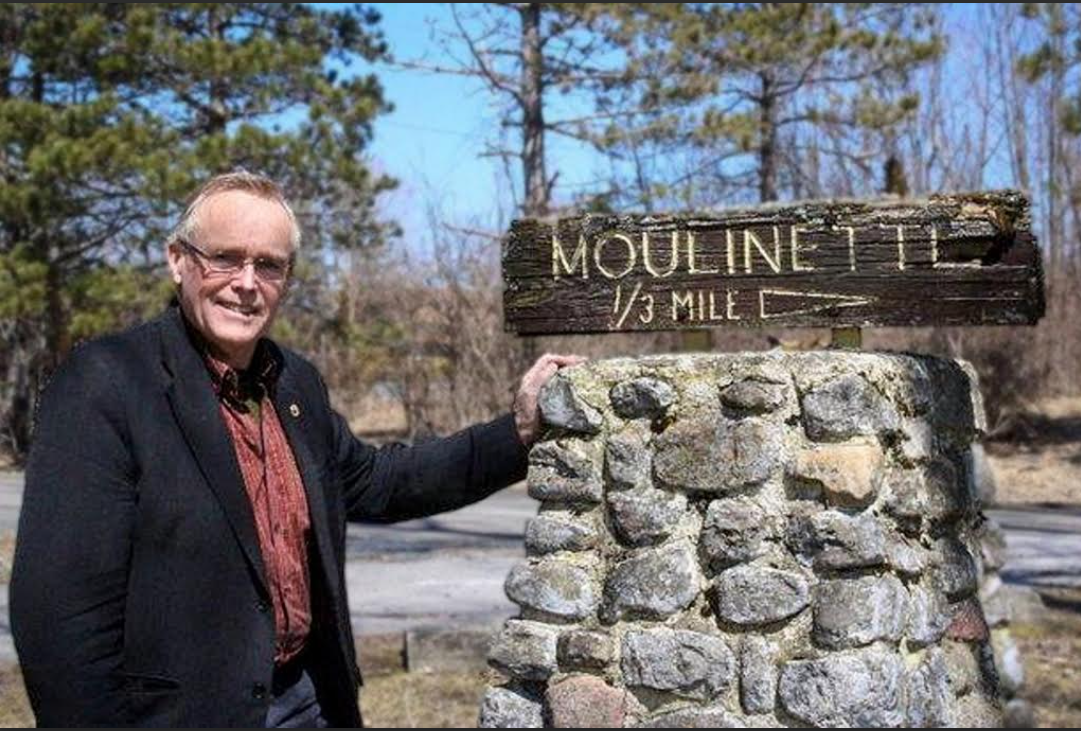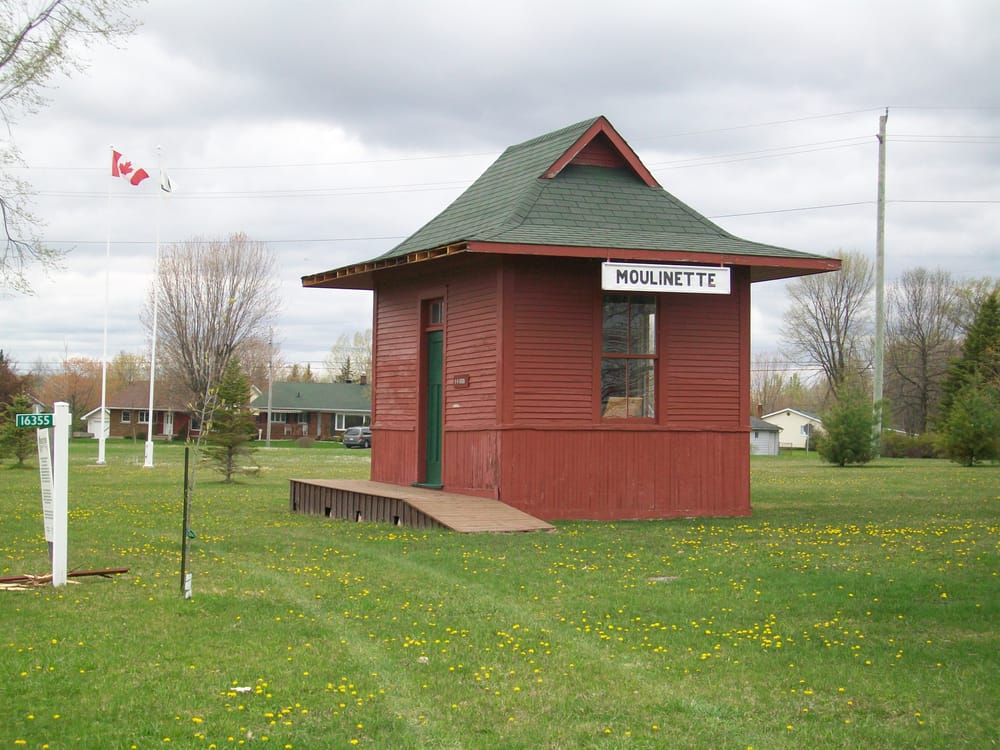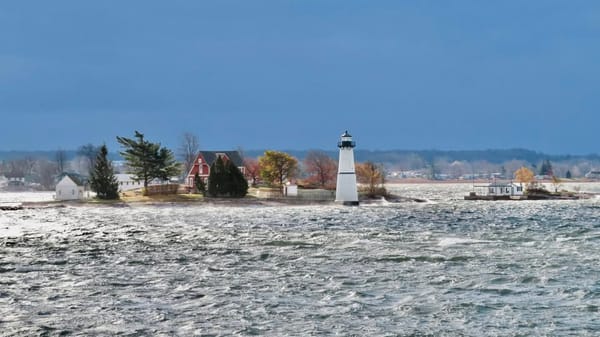Lost Villages, Part 1, Written by Brian Johnson in 2009.
by: Brian Johnson
Over the years TI Life has published several articles about the Lost Villages. However, in May 2025, after learning of the death of Captain Brian Johnson in April, this editor discovered that some of those articles were not successfully transferred from the old TI Life format to the new one in June 2019. Therefore, we are honoured to republish these now, almost 20 years later. The character and tone of Brian Johnson's writing lives on, and for that we are truly grateful.
Lost Villages, Inundation Day, Part I
[written and published in August, 2009]
Gone Forever: The Lost Villages, written on the 50th Anniversary of the St. Lawrence Seaway.
Down at Zina’s barber shop we used to laugh and sing; We’d gather and we’d gossip about everything; we’d talk about the seaway and what we’re gonna do, and how our lives would turn out along highway two . . . Songs from the Lost Villages
At first, it sounded like a low rumble, like the beginning of a thunderstorm somewhere off in the distance. But unlike an approaching storm, it didn’t let up.
Then, the dishes in Mrs. Whiteside’s kitchen started to rattle. First, the supper dishes on the table. Then, the pots on the stove, the cups and saucers in the cupboards and even the windows of the house started to tremble.
Bess Whiteside, standing by the stove turned to her husband who had just sat down. Young Jane, feeling the excitement, looked first at her mother and then turned to her father. Both parents looked concerned as they looked quickly around their kitchen as the tremors got louder. Bess Whiteside spoke first, “Oh, T.D., what do you suppose it is?” So many strange noises and things were happening in the quiet village of Moulinette, Ontario these days.
Pushing his chair back, T.D. Whiteside stood up, turned to his wife, and said, “I think it’s started, Bess...”
“You don’t mean... the houses... now?”
“I’m sure of it,” T.D. replied.
Meantime, Jane and her brother had already left the table and were outside on the porch. Coming up the road on a huge flatbed was the first house to leave the village of Maple Grove. It was the Matheson house, heading up from the River side to its new foundation somewhere up the road, where they were building that new town. Standing tall, it almost seemed surreal as it moved slowly up along the highway, taking up both lanes. People all around now were coming out of their houses to see.
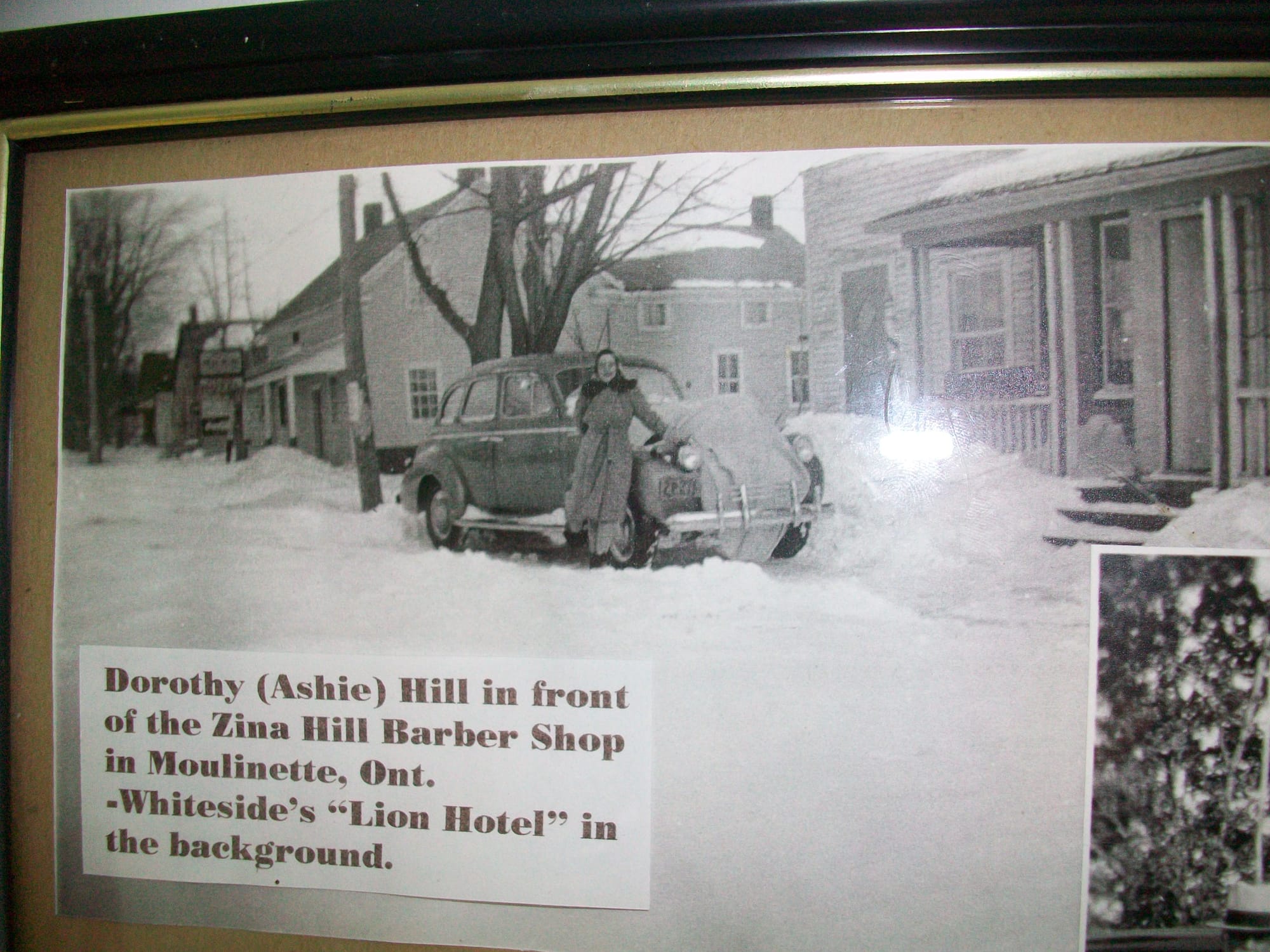
The view from the porch of the Whiteside’s Lion Hotel was clear for all of the trees had been removed by now. The last of them had been cut down earlier that afternoon. Police had stopped traffic in both directions as the huge building passed through the village of Moulinette, almost as if to say, you’re next. The children watched as it passed slowly by. Jane turned to her parents to see her father, sitting on the bottom step, suddenly burying his face with his hands.
“When you see your dad crying,” said Jane Craig, “it was almost too much. For him that day, it was the moment of truth. It was all happening, now.” Jane pauses for a minute, recalling certain events that spring day of 1955, when things started to change in her village of Moulinette. “Between the period of 1954 to 1958, it was a very tough time for my dad, emotionally,” she remembers. “We owned the Lion Hotel in Moulinette and dad did very well. We had the hydro men staying there and police officers.”
The Village of Moulinette and Maple Grove were just two of the permanent settlements that fell victim of the brand new St. Lawrence Seaway project that was fast becoming a reality in the mid 1950’s. To provide power for the new dam site in Cornwall the level of the St. Lawrence River would have to spill well over its banks to create a new lake.
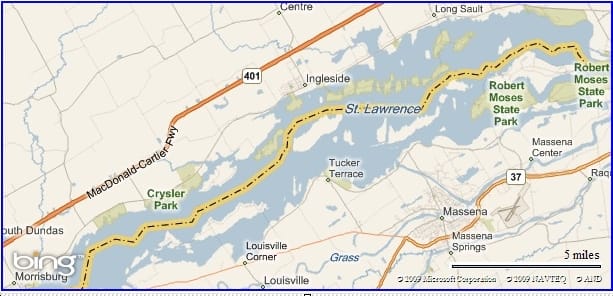
This project would completely flood and inundate the villages of Mille Roches, Moulinette, Dickenson’s Landing, Wales, Farron’s Point and Aultsville. Soon to be gone too, were the smaller hamlets of Maple Grove, Woodlands and Santa Cruz. Silenced forever were the Long Sault Rapids that flowed through the area when the flooding began. During this period 550 homes were removed to new locations. Others that couldn’t be moved were demolished.
Churches were moved or new ones built on new sites. Now the cemeteries, presented a different problem.
“Every church had a cemetery,” remembered Jane Craig. “But there was only one that was moved in its entirety. That was in Maple Grove. Because of the dam in the Cornwall project, all of the graves had to be moved out of there. For the rest of the cemeteries, they were moved to a new, common cemetery, now at the Upper Canada Village location. Now, you had a choice. If you wanted your ancestors moved, you could sign for that. In other cases, where families could not be contacted, they just put gravel over the graves, but all of the headstones were removed.
I will say that the Hydro people looked after the cemeteries in a dignified manner.” Craig also remembers the curiosity of a child during this period. “Beside the United Church they were digging up the graves. Well, they would have a big tent over a particular grave, and at recess, we would run over and try to peek under it, to see, well what?
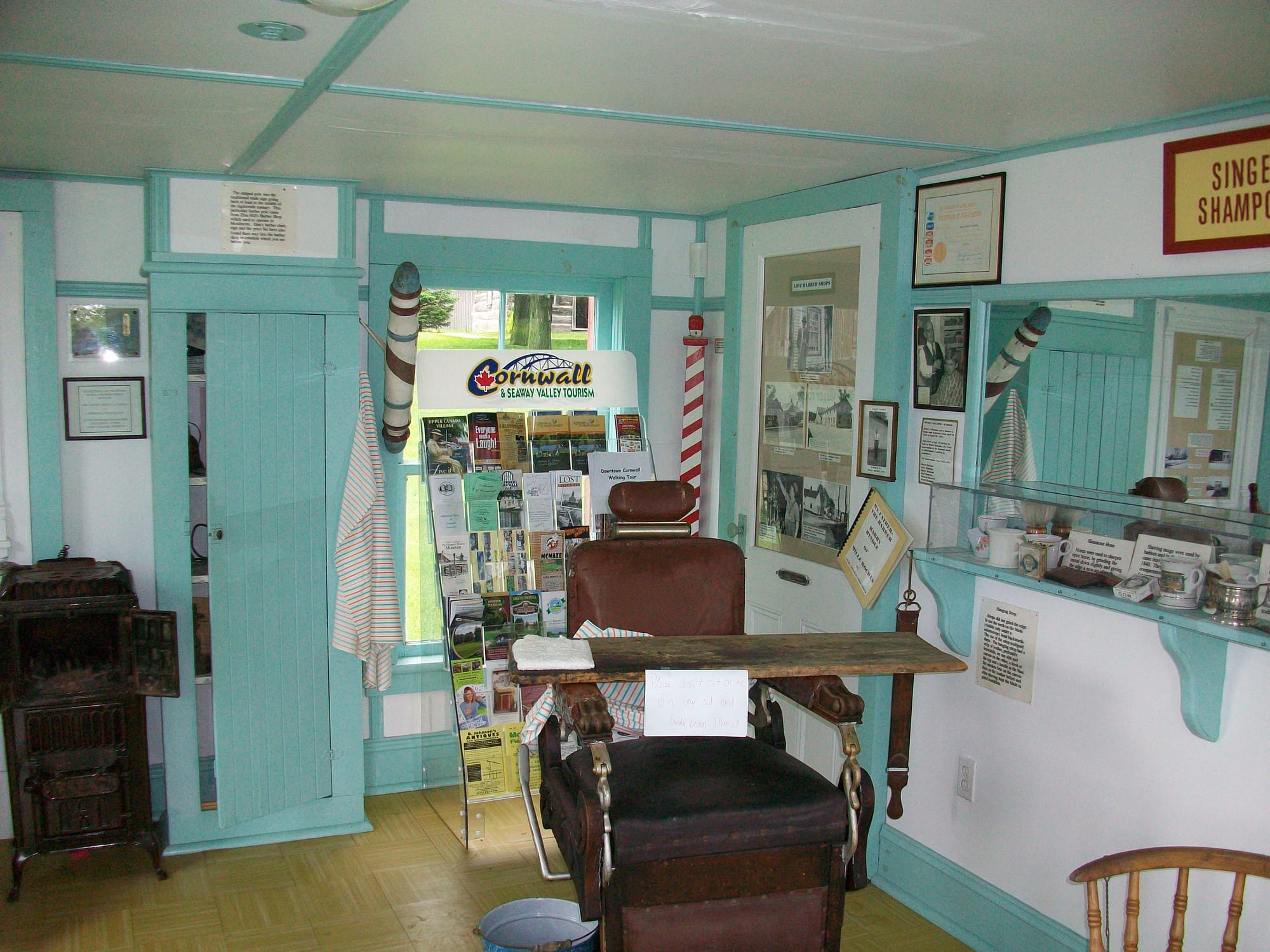
And you told these stories which, of course, were not true at all... somebody in a glass casket, and when they opened the top, she just disintegrated, you know. The things kids will imagine! But it really was done in a dignified manner. There would be a Minister there, someone from Hydro, police officers to ensure just those who were supposed to be there and no one else, even us kids. There was someone in charge of each cemetery too, who knew just where ‘everyone’ was. They used the ‘sticks’ to locate the bones to find a particular grave. My father was also in charge of a cemetery and knew the locations of different graves. Our own Priest had three Churches and cemeteries to deal with. I don’t know how he did it.”
Jane Craig is the president of the Lost Villages Historical Society today. A museum site of several buildings located at Ingleside Ontario, just ‘up’ from their former locations. The society was formed by the late Fran LaFlamme who saw the need to preserve the memories of the lost communities.
“She decided that something had to be done,” said Craig. “The memories were going, and people were dying. Fran started the society with six members in 1977. We have about 378 members now.” Craig speaks with pride from the steps of one of the buildings. “We have eleven buildings here at our museum,” she says. “These are the former train station, and Zina Hill’s barber shop among others. People bought them and took them home for chicken coops or whatever. Well, they saw what we were doing and said if we could restore them to their original condition we could have them. Everyone in our organization is making a contribution and I’m so proud of that.”
Born and raised in the village of Moulinette until the age of fifteen, Craig recalls the transition period from her old home at the riverside to a new home vividly. “ Two new towns were created to replace the villages,” she says. “These were Ingleside and Long Sault. Now, we had a beautiful new home in Long Sault, but we still caught the school bus back at our old hotel. The day our hotel was demolished, the bus picked me up there that morning. At the end of the school day, the driver went back to drop me off but our hotel was gone, demolished, like everything else around it. It was almost like a war zone; there was nothing but rubble. The trees were gone, all cut down. He slowed down but then picked up speed taking me back to Long Sault.” The atmosphere in the school bus was quiet as they drove through the ruins of the former village. No one spoke.
“Some of my friends had already been through this, but I hadn’t,” she said. “When I got home I wasn’t happy. I wanted to say goodbye to our hotel but it was already gone.”
The Whitesides built a new motel in Long Sault but it wasn’t the same for Jane’s dad. “He didn’t grow up here, my father,” Jane said. “He grew up in Alliston, but he loved the area. My mother was from here. Dad died in 1960 at the age of 57. They called it stress. It was quite a common thing back then, for the older folks.
Later, mother put everything behind her and never really wanted to talk about it. If someone asked here a particular question like, ‘where did the Johnson’s live prior to their move, she’d say, oh it’s all underwater now, who cares’ and leave it at that.”
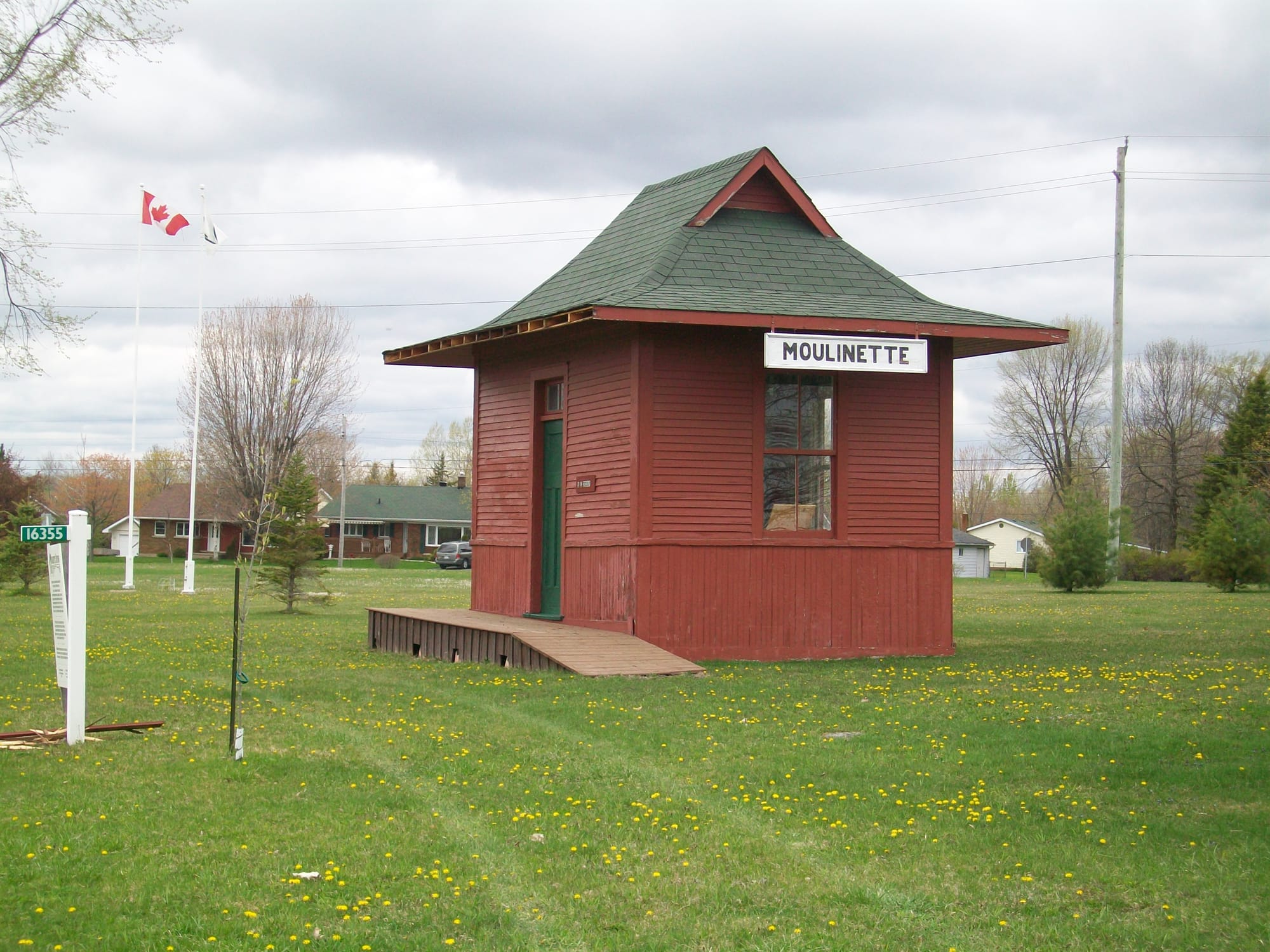
Even though it was a very traumatic time period, especially for the older residents, Craig remembers it as a fantastic time for teenagers. “All of a sudden the small village of Moulinette which had about 400 people, now suddenly had over 600 people. Workers with families were moving in and all the machinery, some like you’ve never seen before or ever will again. And they were really good to us, too, the workers. They even gave us the inner tubes from the huge tires of these house movers to play in, but we never let on to our parents we were having fun. It just wasn’t discussed back then.”
Today, Jane Craig is looking forward to the events the Lost Villages Historical Society is planning this year. “Beginning on June 26 through July 1st we are having what is called a festival of lost lights,” she says. “this will be called Beacon 50 Lights, and what it means is that at various locations along the area by the river we will be lighting beacons to represent the villages that were inundated by the flood waters 50 years ago. The first day will be Mille Roches, right here in our own park with a lot of different, fun activities planned. That’s why reunions are so good. Someone asked recently why would you want to celebrate something that was so dramatic. Well, you celebrate life when a loved one dies, don’t you? We’ve put it behind us and accepted it. You had to.
“Besides,” she adds, “we’ve got two new towns that are progressing well. Why wouldn’t we celebrate?”
For more information, you can contact Jane Craig at info@lostvillages.ca [Note
By Brian Johnson [At the time this article was published Brian Johnson was Captain of the Wolfe Islander III, and President, Wolfe Island Historical Society]
August 2015 issue will have more on the Lost Villages of the St. Lawrence River Part II.
[Editor's Note: July 2025, See Ian Coristine's article, also published in the August 2009 issue if TI Life entitled, Another Perspective. and A Requiem for Silenced Waters by Graig Stevenson, June 2023.]
A few days after publishing we received a notice for an upcoming presentation:
The Lost Villages, ten communities in Ontario, Canada that were permanently submerged when the St. Lawrence Seaway was created in 1958, will be the subject of a talk by historian and author Jim Brownell on Wednesday, August 6 at 6:30 p.m. in Cape Vincent. Presented by the Cape Vincent Arts Council, the talk will take place at St. John's Episcopal Church, 352 South Market St., Cape Vincent.
Brownell will discuss his book, “A Tour Through the Lands of the Lost Villages” and share his research into the heartbreaking story of lands lost to the unstoppable march of progress. As the St. Lawrence Seaway and hydroelectric projects reshaped the landscape in the late 1950s, a vast area was sacrificed, displacing more than 6,500 people and submerging their communities forever.
